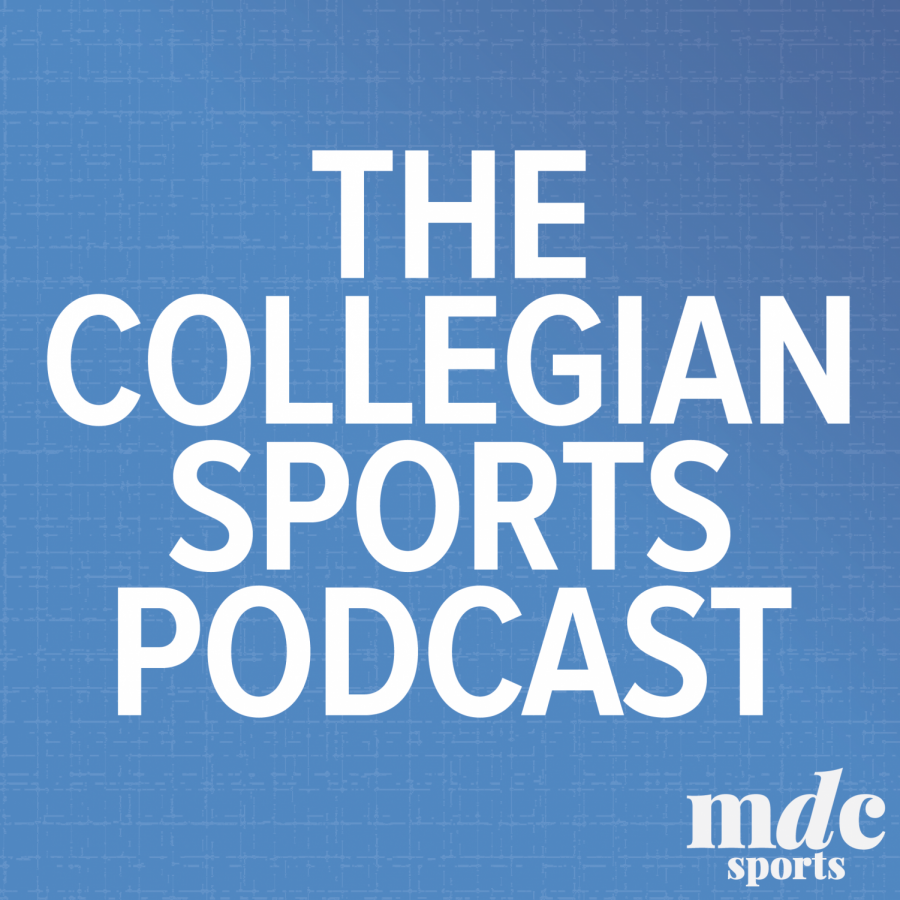
Arguably the most detrimental injury in football is the concussion; so why has it been vastly overlooked for such a long period of time?
While most injuries make an immediate impact on the body — such as a broken bone or a torn ligament — concussions may not be apparent right from the time of the preceding hit. A player may be a little shaken up and wobbly, but more often than not, he will head back into the game much sooner than he should be.
Playing through concussion symptoms might seem plausible, since an athlete may not necessarily feel much or any pain, but jarring the head around while already in a concussed-like state is extremely dangerous.
Each time a football player takes a hit to the head, he is increasing the risk of brain damage. More and more former NFL players are coming forward about symptoms of dementia and various related issues that they deal with in their everyday lives due to the concussions that they played through over the course of their careers.
In 2011, former Pro Bowl safety Dave Duerson committed suicide. Before shooting himself in the chest, Duerson left a message for his family saying that he wanted his brain to be sent to the Boston University School of Medicine for examinations. According to the New York Times, it was found that Duerson had developed brain trauma, that has also been found in more than 20 recently deceased former NFL players. Over the course of his life, Duerson went from being a millionaire to having less than $20,000 in his name at the time of his death. Earlier this year, his son sued the NFL claiming that the brain trauma that his father sustained from playing, resulted in his financial collapse, and ultimately led him to his decision to kill himself.
In April of this year, Ray Easterling, another former NFL safety committed suicide. The 62-year-old —who also died as a result of a self-inflicted gunshot wound — had been dealing with symptoms of dementia since his early 40s, and after an examination of his brain, it was confirmed that he had signs of chronic traumatic encephalopathy. His wife told the New York Times that throughout his career, Easterling had sustained concussions, but in most cases was either misdiagnosed or allowed to play through them.
Athletes oftentimes play through concussions, and know of the possible consequences, but perhaps the mental pressure to “man up” and play through the symptoms outweighs their concerns of the possibly dismal aftermath.

Last weekend, rookie quarterback Robert Griffin III took a brutal hit, after which Redskins Coach Mike Shanahan said Griffin knew neither the quarter nor the score of the game. He was taken out of the game, but the next day was listed as “probable” for the following game (one week later). He was diagnosed with a “mild” concussion…
There is no such thing as a mild concussion. A human’s head is not meant to be tossed around like a beanbag. The coaches and team doctors should not allow a player to play so soon after sustaining a skull-rocking hit like Griffin received. But maybe Washington is more concerned about the immediate need to succeed rather than nursing Griffin’s injury with time and care.
It is a fact that the NFL is facing an extreme challenge with concussions right now; but there is no way of preventing it without altering the game dramatically. The NFL will not eliminate tackling and it will not come out with some sort of miracle-of-a-helmet that provides ultimate protection from brain injuries.
It’s ultimately up to the athlete to make the decision to play or not. Only he, with the advice of medically trained personnel can determine when too much is too much. NFL players make millions of dollars, but the longevity of a life is far more important than fame and green paper.
Taylor Snow can be reached at [email protected] and can be followed @taylorcsnow.







